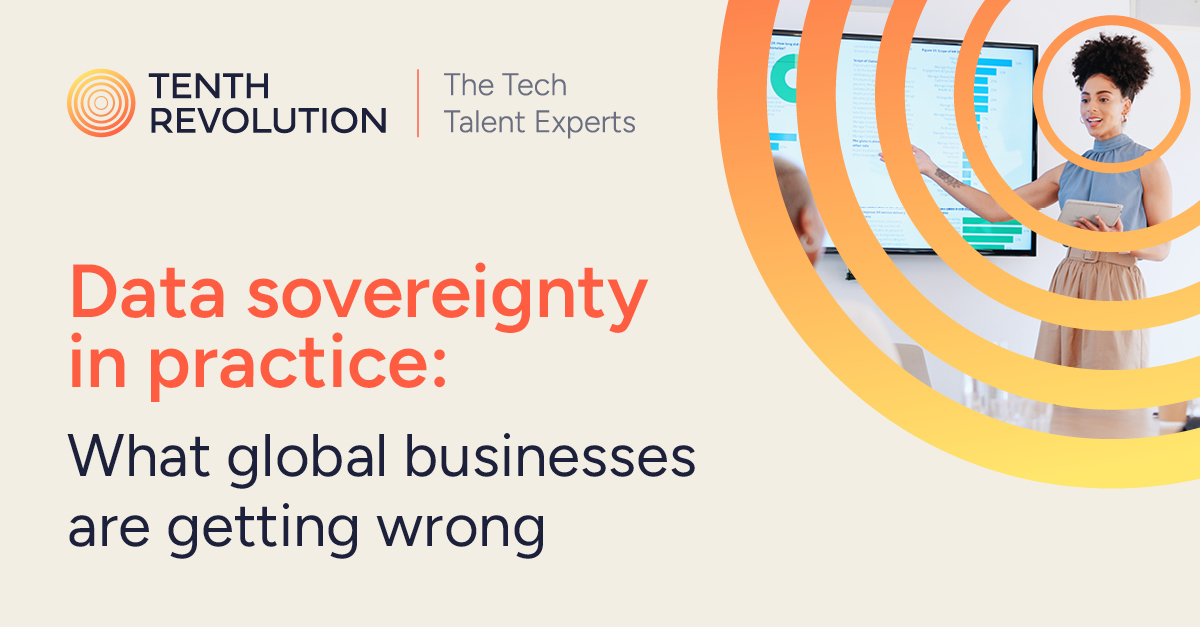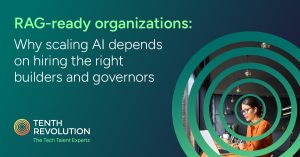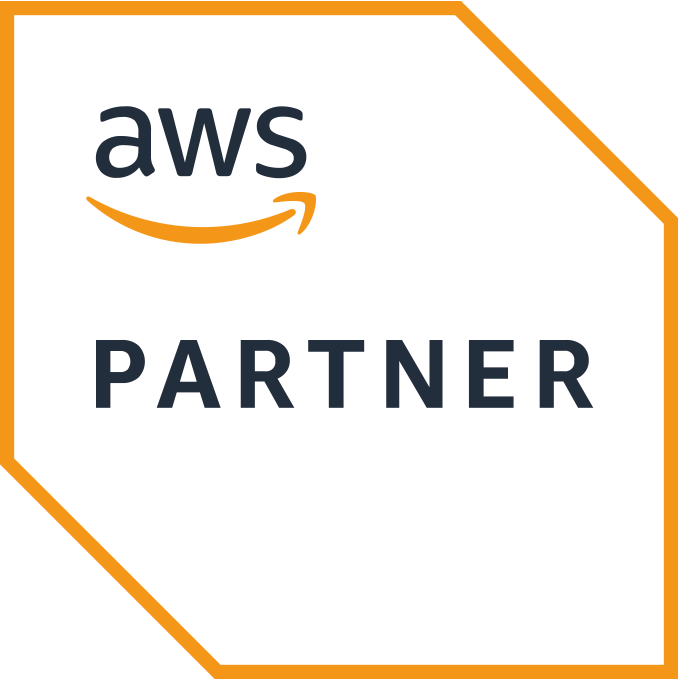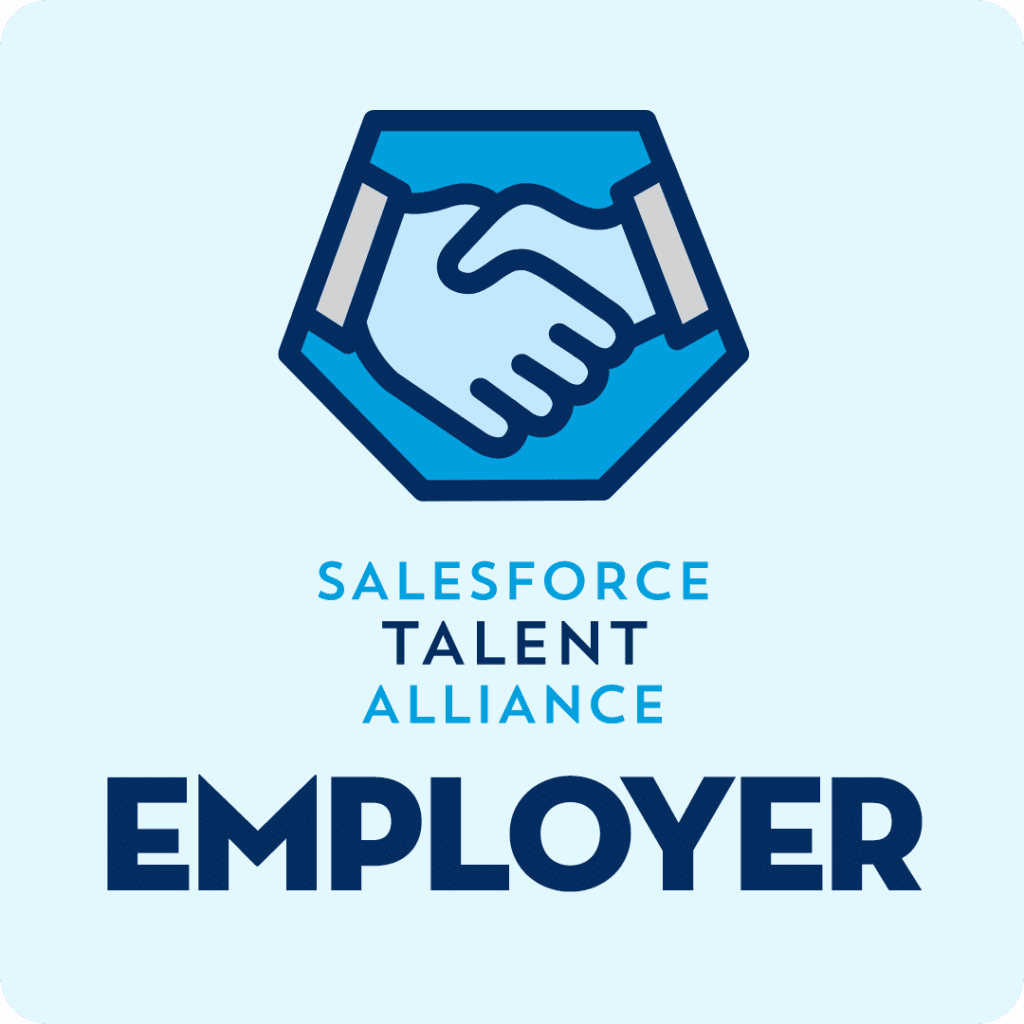Data sovereignty has become one of the most pressing challenges for enterprises adopting AI and cloud.
Yet many businesses are still underestimating what’s required to comply.
Regulators in Europe, Brazil, China, and beyond are tightening rules on where data can live, how it can move, and who can access it. At the same time, AI adoption is driving an explosion of cross-border data flows, from training large models to running inference at scale. Leaders often assume that existing cloud contracts or compliance certifications are enough, only to discover late in the process that their systems are non-compliant.
The reality of modern sovereignty
For global businesses, sovereignty isn’t just about picking a region in a cloud provider’s console. It’s about proving that sensitive data never leaves approved jurisdictions, that access is tightly controlled, and that AI models are trained and deployed within those boundaries.
Consider some common missteps:
- Assuming cloud equals compliance: Many organizations believe that hosting with a major cloud vendor automatically ensures compliance. In reality, sovereignty requires additional controls that providers don’t configure by default.
- Overlooking inference: Training data is often the focus, but inference workloads can just as easily violate residency rules if responses are routed through non-compliant regions.
- Ignoring vendor supply chains: Even if your contract is with a compliant provider, third-party services and subcontractors can introduce sovereignty risks.
- Treating sovereignty as a one-off project: Regulations evolve, so sovereignty needs continuous monitoring and validation, not a checkbox exercise.
Want to avoid sovereignty pitfalls? Tenth Revolution Group helps organizations hire contract cloud and data specialists who design and monitor compliance-ready infrastructure.
What regulators expect
Authorities are becoming more explicit about requirements. The EU’s AI Act, Brazil’s LGPD, and China’s PIPL all emphasize traceability, transparency, and strict limits on cross-border transfers. This means enterprises must be able to demonstrate:
- Data lineage – Where data originated, where it is stored, and how it has moved.
- Access control – Who can see or modify the data, and whether that access complies with residency rules.
- Model governance – Whether AI models trained on local data remain in compliance when deployed in production.
- Auditability – Proof that systems and workflows can be independently verified at any point in time.
Meeting these expectations requires both technical controls and the right people to oversee them.
Industry lessons
Different sectors are already feeling the impact of sovereignty requirements:
- Financial services – Firms serving EU customers are investing in sovereign cloud clusters to keep sensitive transaction data within national borders.
- Healthcare – Providers must ensure that patient data never crosses jurisdictions without explicit approval, making federated learning and in-region AI clusters a priority.
- Retail – Multinational e-commerce platforms are building regional data lakes to comply with divergent privacy and sovereignty rules across markets.
- Public sector – Governments are requiring contractors to host and process data exclusively in-country, forcing suppliers to rethink infrastructure strategies.
These lessons make it clear that sovereignty is no longer a theoretical risk, it’s a live operational challenge.
Preparing for stricter compliance in 2025? TRG’s AI Salary Guide shows how businesses are resourcing governance and security skills to keep pace.
How leaders can take control
If your business operates globally, sovereignty should already be a board-level concern. Practical steps to get ahead include:
- Map your data flows – Identify where data originates, where it travels, and which regions may pose compliance risks.
- Workload placement strategies – Plan not just for training data but also inference, ensuring all workloads stay within approved jurisdictions.
- Embed sovereignty into procurement – Don’t just review vendors’ marketing materials—validate their subcontractor arrangements and compliance controls.
- Invest in governance talent – You need specialists who understand both infrastructure and regulation. Contract-based models give you the flexibility to bring in expertise as rules change.
- Build for change – Regulations will keep evolving. Systems should be designed for ongoing monitoring, audits, and adaptation.
Why sovereignty matters now
The consequences of getting sovereignty wrong are real: fines, blocked projects, reputational damage, and in some industries, the inability to operate at all. But when managed well, sovereignty can be a competitive advantage. Customers, regulators, and partners are more likely to trust organizations that demonstrate control and transparency.
For global leaders, the challenge isn’t whether to prioritize sovereignty, but how quickly they can bring in the talent and frameworks to embed it into everyday operations.










